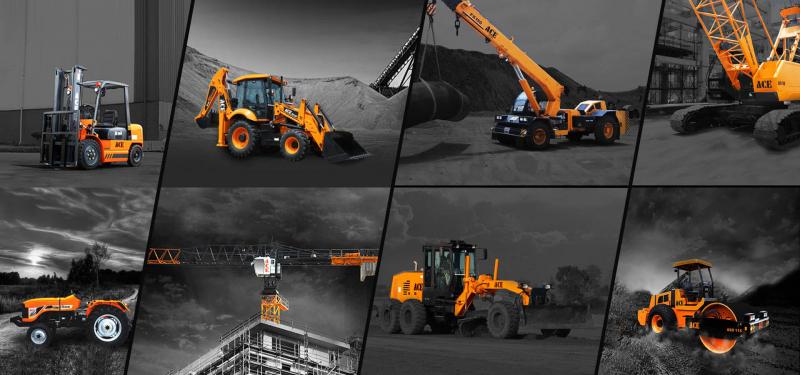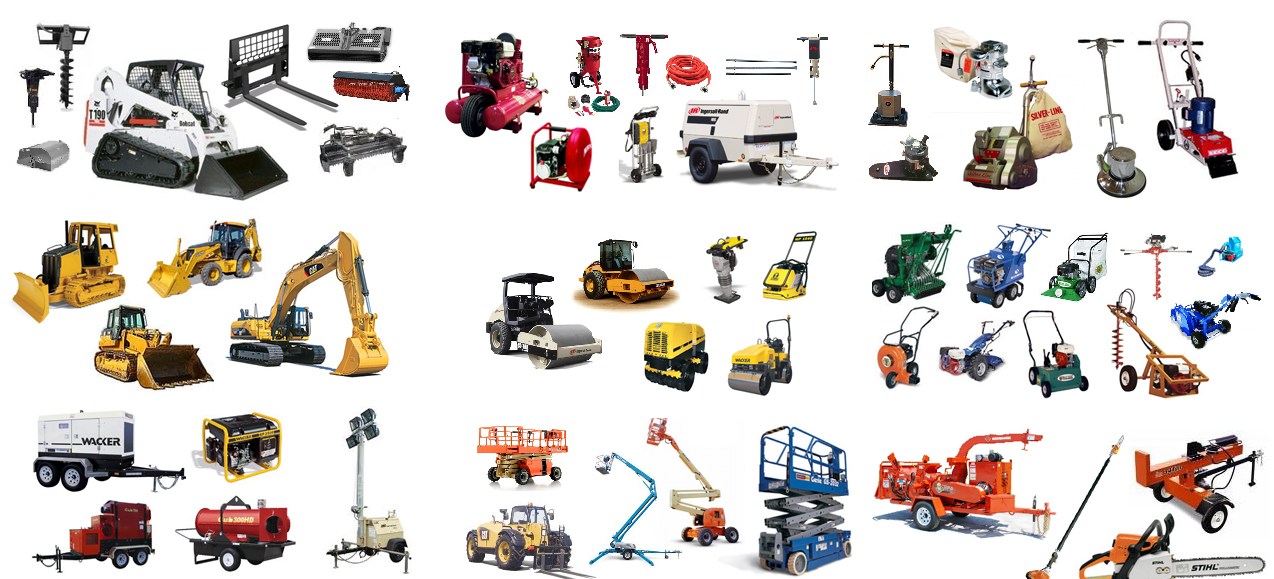Aerial Lift Rental: Versatile Lifting Solutions for High-Access Jobs
Aerial Lift Rental: Versatile Lifting Solutions for High-Access Jobs
Blog Article
Optimize Your Budget by Recognizing the Costs Related To Construction Tools Rentals
Comprehending the complete scope of costs linked with building devices rentals is essential for maximizing your spending plan. What techniques can be used to effectively manage these expenses and make sure a more reliable rental experience?
Review of Rental Costs
When thinking about building equipment rentals, understanding the connected prices is extremely important for effective budgeting and job planning. Rental prices can differ considerably based on a number of elements, including devices type, duration of leasing, and area. The first rental cost commonly shows the devices's market need and its associated functional capabilities, affecting the total expense.
Along with the base rental rate, ancillary prices might emerge, such as transportation fees, gas additional charges, and maintenance fees. It is vital to make up these additional expenditures to precisely assess the overall price of leasing devices. The rental duration can impact prices; longer rentals may qualify for discounted rates, while temporary services may sustain higher everyday fees.

Failure of Rental Prices
A thorough understanding of rental rates is important for service providers and task supervisors aiming to enhance their budgets. Rental prices for building and construction equipment commonly contain several elements, consisting of base prices, time-based costs, and use fees.
Base prices are the core costs connected with the leasing of the equipment, often determined by the kind and dimension of the machinery. These rates can vary considerably, influenced by elements such as tools demand, accessibility, and regional market patterns. Time-based charges, which may be daily, weekly, or monthly, serve to suit various task timelines and rental periods.
Additionally, rental rates may consist of usage charges, which are appropriate when tools is used beyond a defined threshold, making certain that the rental firm can represent wear and tear. Seasonal demand fluctuations can additionally affect rental prices, with peak building seasons generally regulating greater costs.
Additionally, recognizing the rental business's plans relating to upkeep and insurance coverage can provide more understanding right into the overall expense structure. By examining these elements, specialists can make informed decisions, making certain the option of rental devices aligns with both project needs and budget constraints.
Added Costs to Think About
Understanding the intricacies of extra charges is crucial for specialists to handle their total leasing expenditures successfully. Beyond the standard rental prices, numerous extra costs can significantly affect the complete cost of equipment rental. These charges usually include distribution and pick-up charges, which can vary based upon range and logistics associated with moving the tools to and from the task website.
Moreover, some rental companies may impose fuel surcharges if the equipment is returned with much less fuel than when leased. It is additionally important to know prospective cleansing charges, especially for customized equipment that needs thorough maintenance after usage.

Thoroughly evaluating the rental arrangement and making clear these extra fees in advance can help contractors make certain and prevent unexpected expenses that budgets used tractor with backhoe remain undamaged throughout the task lifecycle.
Maintenance and Fixing Expenses
Normal repair and maintenance expenses are frequently neglected factors that can significantly influence the total cost of building and construction equipment leasings. When leasing tools, it is critical to consider not just the rental costs but also the potential prices connected with keeping the equipment in optimum operating condition.
Lots of rental firms consist of standard upkeep as part of the rental arrangement; however, much more comprehensive repairs or unforeseen malfunctions can bring about additional costs. It's essential to evaluate the rental contract carefully to understand what upkeep solutions are covered and what duties fall on the occupant.
Furthermore, devices that is not properly maintained can cause inefficiencies at work website, possibly raising and causing delays project prices. To mitigate these threats, it is advisable to conduct routine inspections and maintain open interaction with the rental copyright concerning any issues that arise throughout use.
Insurance Policy and Liability Costs
Insurance and liability costs are essential parts that can considerably impact the overall cost of construction tools services (forklift rental). These expenses make sure that both the rental business and the customer are safeguarded from possible financial losses arising from accidents, damage, or theft during the rental period

Furthermore, clients ought to recognize any kind of deductibles or exclusions in the insurance plan, as these can affect prospective out-of-pocket expenditures. Understanding the terms of any insurance coverage is essential to prevent unexpected prices. Eventually, budgeting for insurance policy and responsibility costs can assist make sure a smoother rental experience and shield versus economic risks related to building projects.
Verdict
In conclusion, a thorough understanding of construction scissor lift the prices linked with construction devices rentals is important for effective budget management. Ultimately, informed decision-making pertaining to equipment leasings adds to the total success of construction ventures.
Rental prices can vary significantly based on numerous aspects, consisting of equipment type, period of rental, and area (equipment rental company). The rental duration can impact pricing; longer leasings may certify for reduced prices, while temporary rentals could sustain greater everyday fees
By conducting comprehensive research study and check out here involving with respectable rental firms, specialists can properly navigate the intricacies of rental rates, inevitably optimizing their financial resources.
Past the typical rental rates, numerous auxiliary costs can significantly affect the complete expense of tools rental. Rental business commonly supply obligation insurance coverage that covers injuries to third celebrations or damage to building, while devices damage insurance policy can cover the price of repair work or replacement if the leased equipment is damaged.
Report this page